Winter is just around the corner and I don’t know about you, but the thought that we can soon be tearing down tree-lined groomers and pounding through powder makes me want to unpack all my snowboarding gear and get ready to ride. Okay, so there’s a little time to go before we’re shredding, but that doesn’t take away the fact that now is a great time to start thinking about unpacking your ski gear.
Your ski equipment has most likely been sitting in storage since the end of the winter season. Sure, you noticed a few issues when you packed it away — your edges had a few burrs on them, and your jacket wasn’t quite as waterproof as it could be — but these were problems for next winter. Well, that time has come. It’s time to get your snow gear winter-ready so that when the snow starts to fall and the lifts start to roll, you’re not left behind fixing up a broken binding or still trying to find a pair for a lonely mitt.
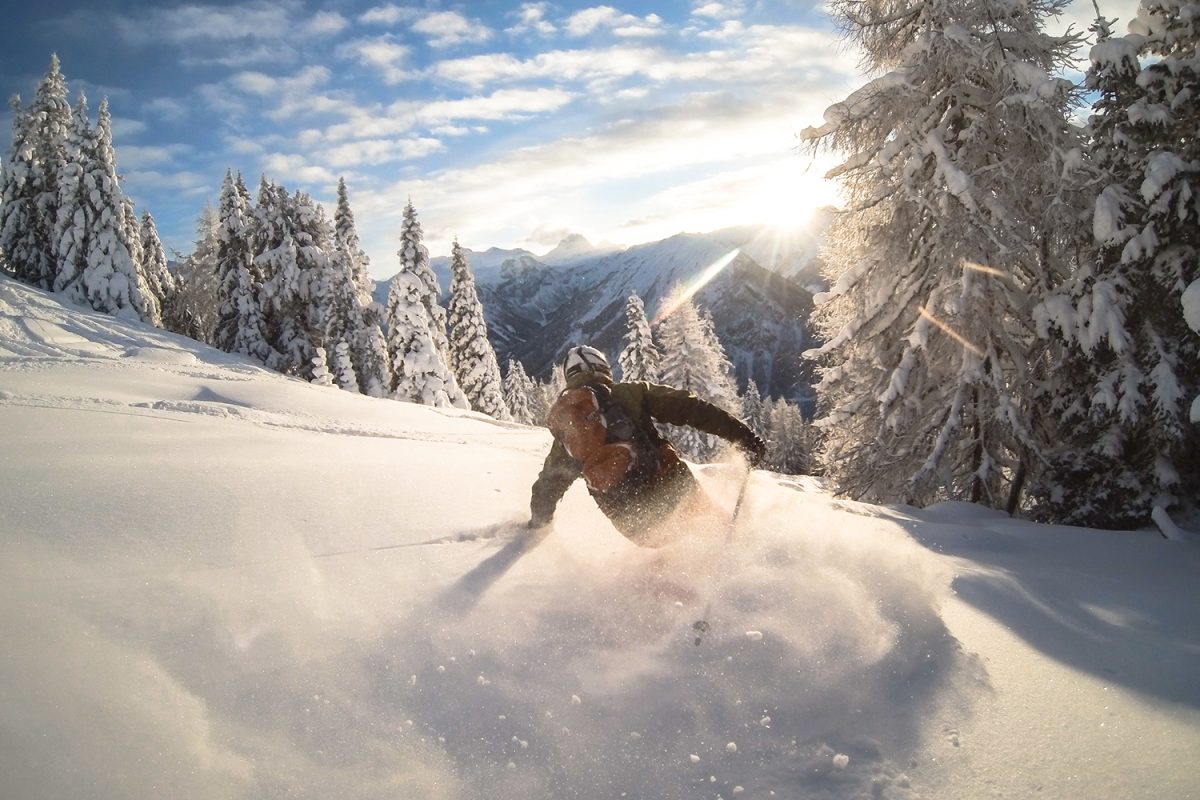
Examine your skis and snowboards
The most important part of your setup is your planks
Whether you’re a skier or a snowboarder, you want your gear to glide and carve as it should, so you’re flying, not fighting. Give your gear a clean with a microfiber cloth — let it dry thoroughly before you proceed — and scrape off any storage wax. Always remember to scrape from the front to the back of your board and take your time to avoid gouging your base. Don’t stress if you didn’t storage wax your gear; just grab your tuning kit and wax your snowboard or skis.
Check your edges
Sharp edges grip the snow to help you carve long sweeping turns, while blunt edges… well, they don’t. Test your edge by lightly running the back of your fingernail across it — a sharp edge will scrape off a little of your nail. Check your edges for burrs from hitting rocks or skittering on icy sections at the end of last winter. Large burrs will need professional attention, but you can use an edging tool to sharpen out smaller burrs and sharpen your edges. Detune the tip and tail — slightly dulling the front and rear portion with a file — to prevent them from grabbing the snow.
Check your bindings
Bolts on snowboard bindings have a habit of coming loose, so check that they are all still tightened and that your ratchets are working properly. Skiers, check your DIN setting is correct, and that the forward release is set properly — check the guidance for your specific binding, or ask a professional for help on this — so that you will release as intended.
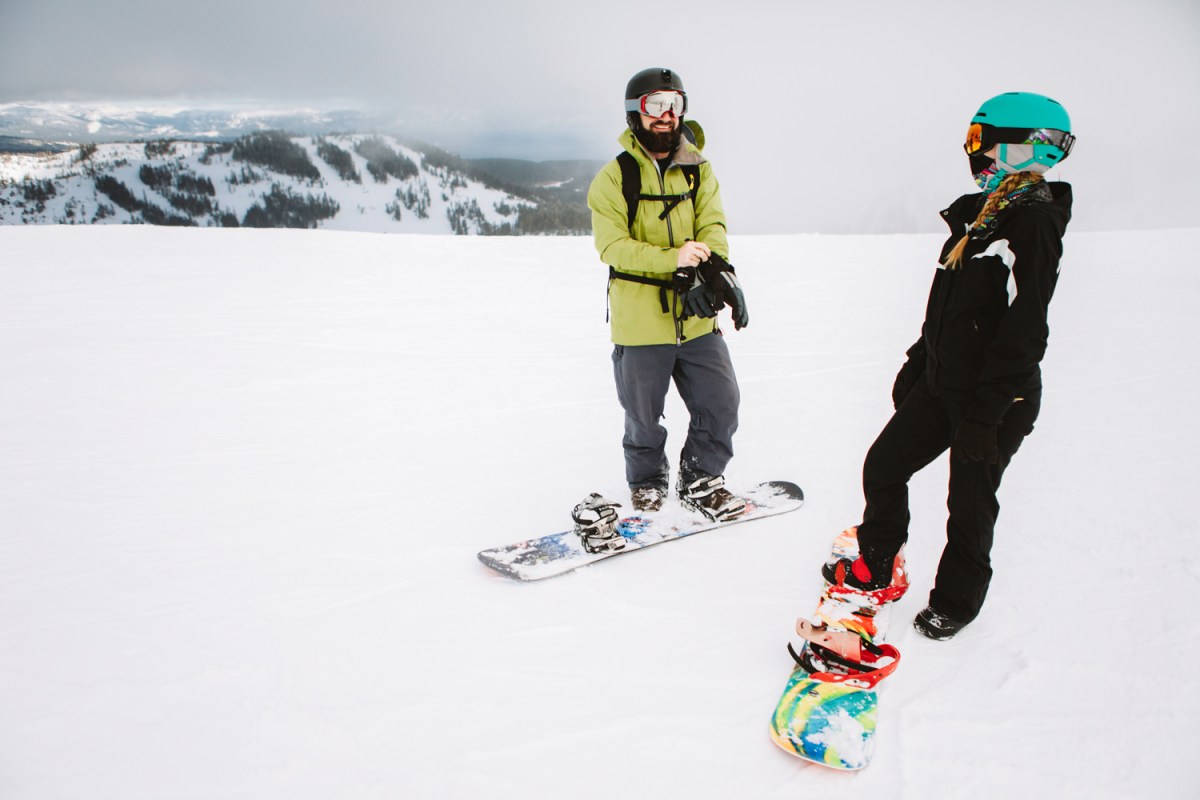
Check your boots
Hopefully, you stored your ski boots loosely buckled over winter to prevent them from losing their shape. Your feet change with time, so check that your boots still fit properly. Stood up straight, you should be able to feel your toes gently touching the end of your boot. As you squat into your riding position, your toes should move away from the end of your boot slightly, giving you space but not moving around. Check all the moving parts on your boots — laces, straps, buckles — for wear and tear that you may have missed.
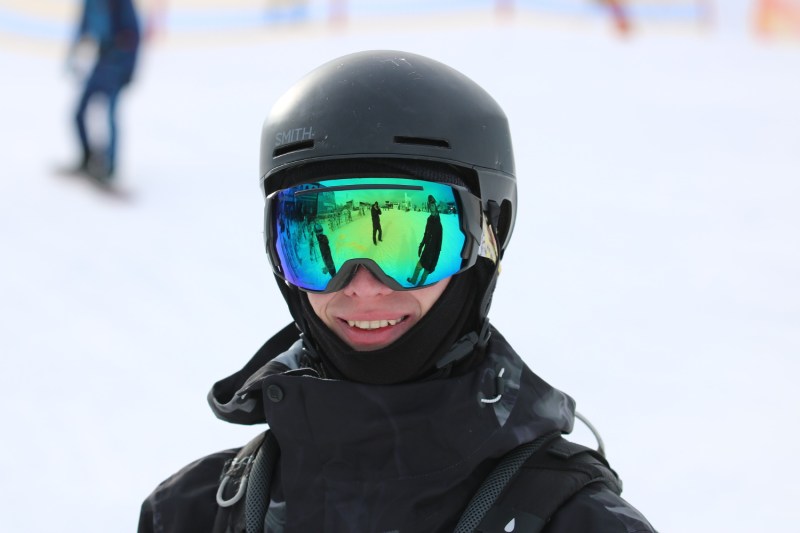
Make sure your helmet is in good condition
Most skiers and snowboarders nowadays wear a snowsports helmet when they ride to protect their heads. Helmets come with a manufacturer-recommended lifespan, so check that yours isn’t getting too old to protect you and if it is, think about hanging it up and replacing it. Give your helmet the once over, checking for cracks, wear points, or any degradation from a summer of storage. They’re not cheap, but helmets protect your head, so don’t take any chances.
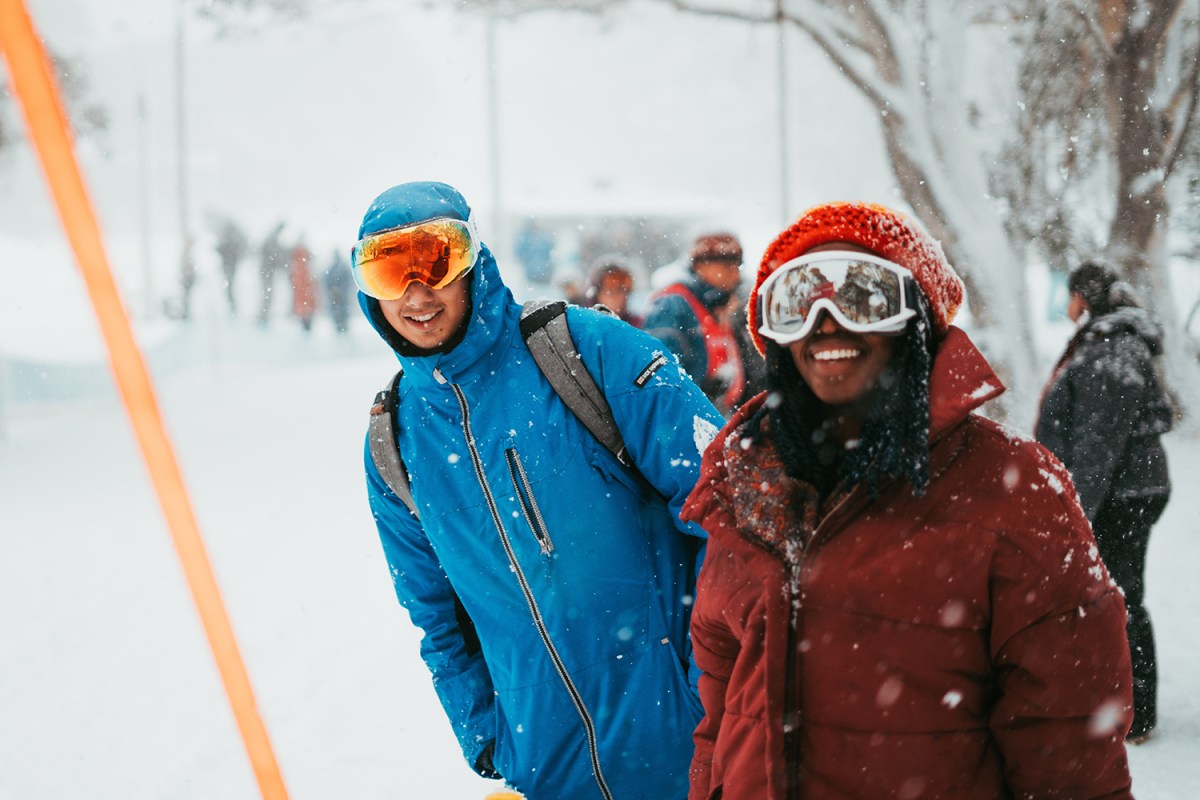
Does your snow gear still fit?
It’s been a few months since you packed your snow equipment away, so check that it still fits you and that a summer of grilling and chilling hasn’t left it a little tight around the edges. It’s never a bad idea to re-waterproof your jacket and snow pants before the season starts. Just throw them in the wash with re-waterproofing treatment — like Nikwax TX Direct — and they’ll keep you dry.
Snow gear isn’t just about function though. What you rocked the slopes in last year might not get the stoke going this year, but there’s still time to grab yourself a new ski jacket or snow pants before the season starts. Don’t forget to check your goggles too. Make sure the lenses aren’t scratched from your tree lines, and that they fit over your new helmet. It might also be time to ditch the thirty-year-old sweater and invest in some new lightweight merino wool thermals, to give you better movement and freedom on the hill.
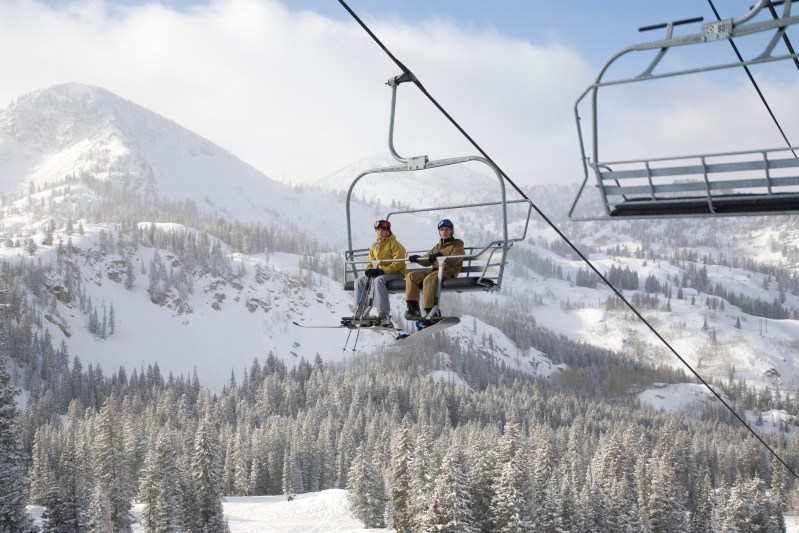
Get the early bird passes
You don’t want to be paying over the odds for your lift passes, right? Most ski resorts offer early bird ski passes at discounted prices. These often run until November, but this differs from resort to resort. If you know when you’re going to ski, get in early on the pass-buying to save yourself a chunk of money. The biggest saver here is on season passes, so if you’re local to a ski hill, what are you waiting for?
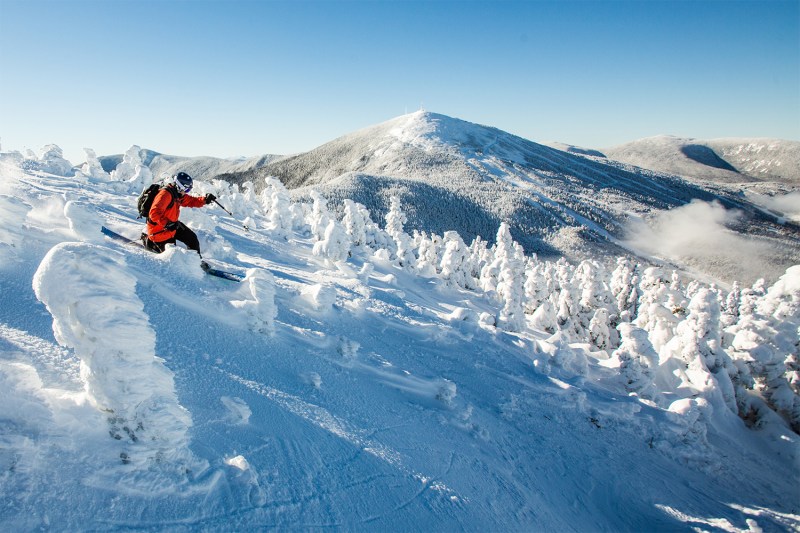
Start training
Skiing and snowboarding are physically demanding sports. With just a few months to go until winter kicks in, now is the right time to get in shape for the season. Leg exercises — like squats and lunges — are essential for you to have the strength for a full day of skiing, but don’t neglect the full-body workout if you want to have a full week on the slopes. The more you do now, the less likely you are to get an opening day injury that puts all your hard work back on the sofa, so try to fit in a few training sessions each week.
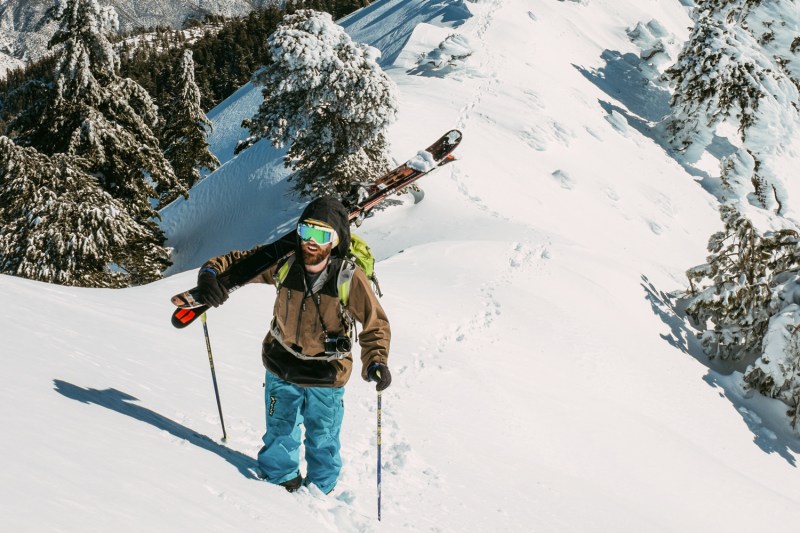
Get backcountry savvy
Like to get off-piste and hit the backcountry? Me too, but don’t neglect the safety gear that comes with it. Check your skins are in order and re-glue them if they’re prone to peeling at the edges, otherwise you’ll be collecting snow all the way to the summit. Replace the batteries in your avalanche beacon — even if they’re showing a good charge — and get out and practice. Take a friend and brush up on your backcountry skills. Lastly, check your bag and repack it so it’s always ready to go — complete with a shovel, probe, first aid kit, and spare layers.
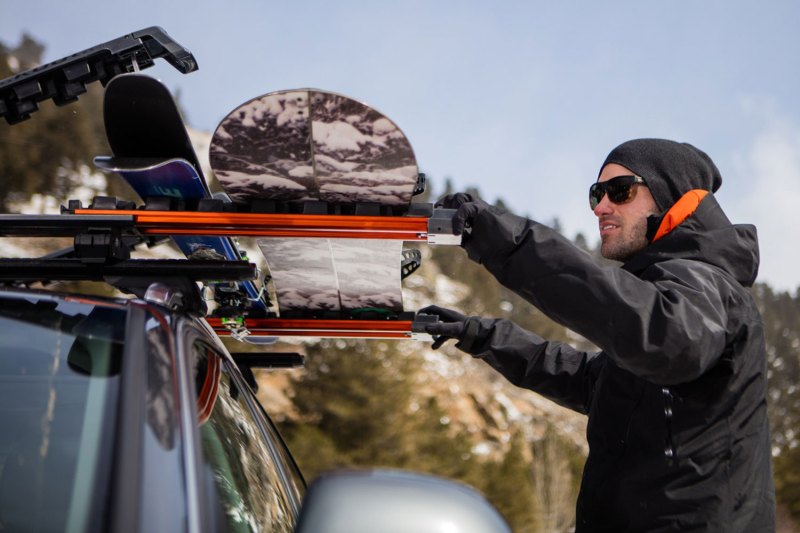
Bonus tip: get your vehicle winter ready
If you’re planning to drive yourself to the ski hill this winter, check that your vehicle is winter ready. Are your snow tires in good condition and ready to be put on when the flakes start to fall? What about your snow chains? Remember how to fit them? Even if you were a slick expert last winter, have a practice before heading out; there is nowhere worse to have to remember how chains fit than at the side of the road. Check your ski rack is ready to go so that you can hit the slopes as soon as possible.



